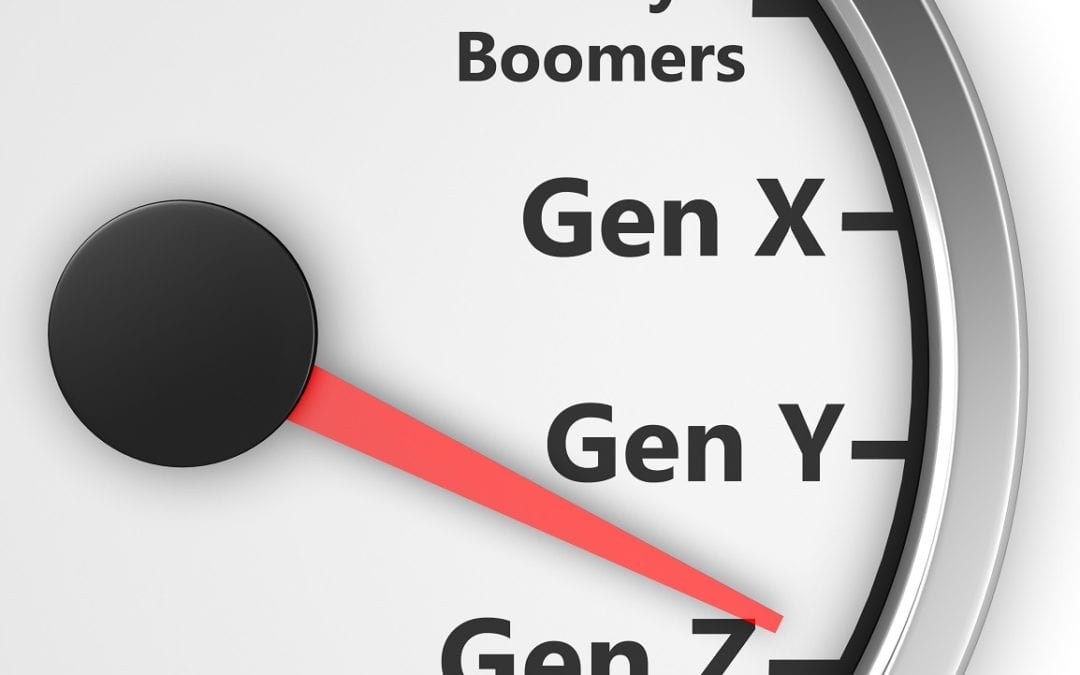GWI Generation reports are really useful for marketers like me – and also for any of you business owner readers of this blog out there targeting this group. They are completely free to download (except for handing over a little data about yourself/your business) and are designed to examine the digital behaviours of a particular generation – showcasing trends over time as well as analysing how the audience in question compares to the overall internet population. In this report, they place the spotlight on Gen X – consumers aged 38-56.
For some time now, Gen Z and millennials have commanded the attention of brands and marketers but Gen X’s influence can’t be underestimated. This is a huge audience with significantly more spending power and families to support. Moreover, because of COVID-19 their behaviors have become more digitally oriented and brands need to take note.
Some topline findings:
- 30% of internet users aged 16-64 are Gen X, rising to 39% in Europe and North America.
- Gen X are on par with Gen Z for saying they’re comfortable talking about their mental health.
- They’re spending more time on mobile as their social media usage continues to broaden.
- Gen X have maintained their lockdown-induced digital behaviors.
- Interestingly, they are less likely to avoid online advertising or to use ad blockers.
FINANCIAL Financial pessimism increases with age. Gen X are 28% more likely than millennials and 13% more likely than Gen Z to say that the economy will get worse in the next 6 months. They’re also significantly more likely to say the same of their personal finances.
WELLBEING In Q2, amid the darkest days of lockdown, the percentage of Gen X saying they or someone in their household has a mental health condition reached a new high (15%).
DIGITAL The “generation-defining” year of 2020 has been much more impactful for Gen X and boomers compared to their younger counterparts. As lockdown restrictions came into effect, spikes in digital activity followed. For younger groups it didn’t take long for these spikes to settle down, for older groups – and Gen X in particular – their engagement continued to flourish.
SOCIAL MEDIA It’s not just online TV that’s grabbing the attention of Gen X. They’re spending more time on social media now than ever before – and how they’re using it is evolving. In 2017, the top reason for using social platforms was to stay in touch with what their friends were doing, followed by staying up-to-date with news and current events. Jump forward to today and these two use cases have swapped positions, with the latter increasingly becoming more important. Less than a third now say that they use social media to stay in touch with what their friends are doing – this stood at 40% in 2017. When it comes to social media, Gen X are prominent users of Facebook and YouTube. However, while that may have been the case a few years back, the story is not so black and white today. Other social media platforms are bridging the gap – and quickly.
MOBILE A shift to “mobile first”. In 2015, Gen X spent on average of 1 hour and 52 minutes a day on mobile – today this stands at three hours. Note that 26% of Gen X have sold a product online via mobile in the last month, just 14% have done this on desktop.
SMART PRODUCTS Smart products are up, alongside health tech demands. 26% of Gen X have five or more devices.
COVID EFFECT As mobile usage continues to rise, Gen X’s digital behaviors are evolving. Much of this has been driven by the pandemic and this isn’t just down to health concerns. For instance, as lockdowns split up loved ones, Gen X are making more video calls, alongside using mobile payment services and QR codes more as stores reopen in a COVID secure environment.
ATTENTION Younger consumers, and Gen Z in particular, use the internet and social media for many more reasons than Gen X – they’re also much more likely to be distracted by social media when watching TV. For this reason, whether it’s an ad on TV or on the internet, younger consumers are often busy doing something else so it can be harder – and therefore more costly – to win their attention. In contrast, Gen X are far more likely to be paying attention.
For more reports like this and a lot more detail on this one, head on over to https://www.globalwebindex.com/

